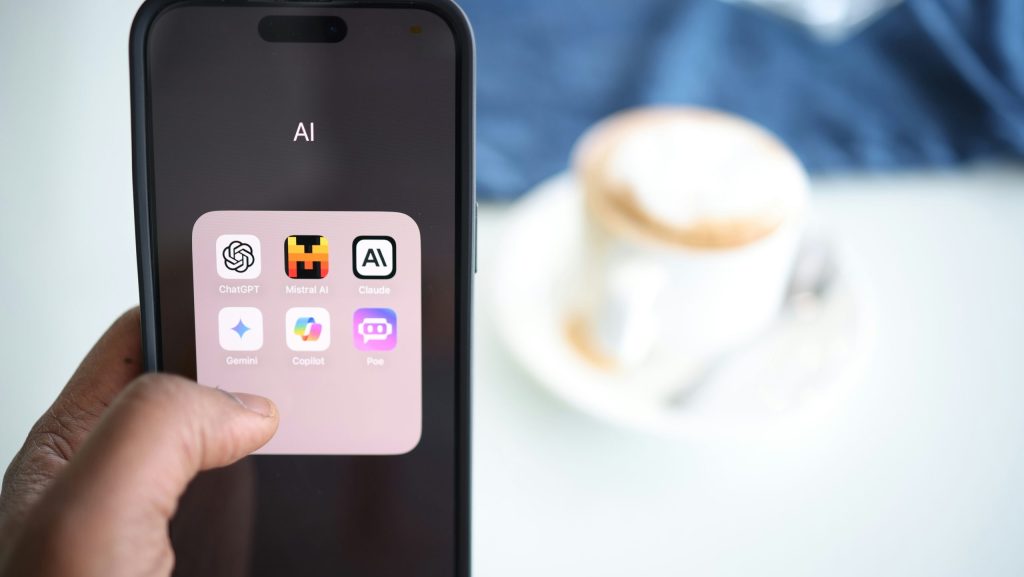435,570,000.
That’s the number of times people streamed songs by Nigerian Grammy award-winning artiste, Burna Boy, in 2020 according to Billboard’s ranking of the Top 15 Sub-Saharan African Artists in 2020. He was followed by Tanzanian artiste, Diamond Platinumz, whose music had 291.98m streams.
But how much is really coming into the industry as a result of these streams? According to this royalties calculator, Burna Boy’s streams would have earned him $3.2m on Apple Music and $1.9m on Spotify. It’s tough to confirm how much Burna Boy actually earned from these streams, but these estimated earnings are about 10% of the estimated revenue from Nigeria’s music industry in 2020.

As impressive as that may seem, Burna Boy’s streams are only 5% of the number of streams for Puerto Rican artist, Bad Bunny, who was Spotify’s most-streamed artist globally in 2020.
Bad Bunny’s songs were streamed a record 8.3 billion times, and according to the royalties calculator, that would have earned him $97m on Spotify, more than double of the projected revenue for Nigeria’s music industry in 2023.

Streaming is an important source of revenue for artists. In 2019, 56.1% of total global recorded music revenue came from streaming, while 42% and 14.1% came from subscription audio streams and ad-supported streams respectively. However, in Africa, we’re barely scratching the surface when it comes to harnessing the opportunity of streaming services.
African artists are not earning as much as their counterparts in other emerging markets. That could change. Global streaming platforms are taking African acts and the market more seriously. In 2020, Apple Music launched in 25 additional African countries while Spotify launched in 38 African countries this year. Their entry could increase streaming revenue for local artists.
However, for Africa’s music industry to enjoy the full benefits of streaming services, factors that limit access including data costs and digital literacy need to be taken care of. Many local fans of African acts are unable to access their songs on streaming platforms and so they resort to other means that don’t generate revenue for the artistes.
Africa has some of the most expensive data prices and this means that many people cannot afford to access the internet and streaming services. Digital illiteracy also limits what people can do with the internet and streaming services irrespective of whether they have access.

In countries like Tanzania where data costs are relatively cheaper, artists have higher streaming numbers than in countries like Malawi where costs are higher than the worldwide average. As of 2020, one gigabyte of data in Tanzania cost $0.73 while one gigabyte in Malawi cost $27.41.
Tanzania’s Diamond Platinumz was the first sub-Saharan African artist to have 1 billion views on YouTube. Although it is worth noting that he’s been on the platform longer than his colleagues, it’s still an impressive feat nonetheless.
It will be difficult to achieve a similar feat in countries with high data prices and low internet penetration. This is why it won’t be wrong to assume that a good number of the streams African artistes currently get are from their fans in the diaspora. The number will significantly rise if more local fans have access.
There are several factors that ensure the success of the creative industry. The ability of creatives to monetize their craft is an important factor. While streaming presents a huge opportunity for music artists to monetize their craft, it will be impossible to maximize it without breaking the barriers to access.
Today, March 26 at 11 am (WAT), TechCabal will be hosting Phiona Okumu, Head of Music (Sub-Saharan Africa) at Spotify and award-winning Nigerian recording artist and producer, M.I. Abaga on an episode of TC Live. Register here to join the session.











